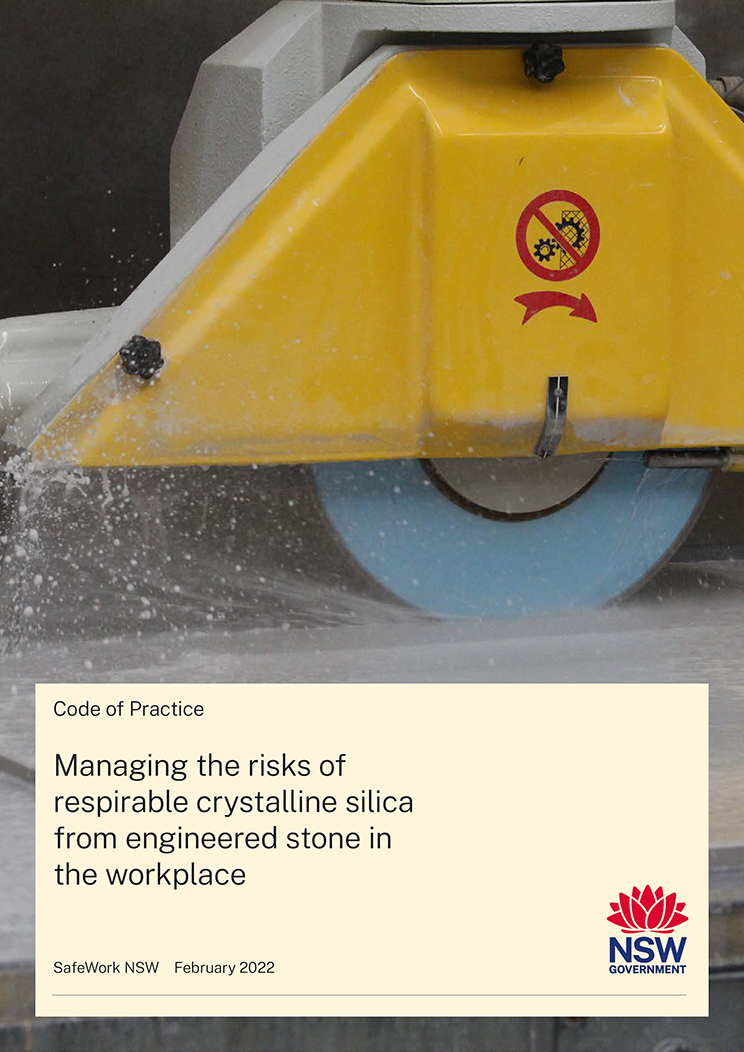Australia continues to lead the way in tackling silicosis associated with working engineered quartz, with New South Wales, where a third of Australians live, having become the first state to adopt a new code of practice from Safe Work Australia, Australia’s equivalent of the Health & Safety Executive (HSE).
The code is called Managing the risks of respirable crystalline silica from engineered stone in the workplace. It contains a lot of useful information about silicosis and the risks of exposure to respirable crystalline silica dust. To download it from the New South Wales government website, click here.
The standard highlights a chain of responsibility from quartz manufacturers to end-use customers.
The code of practice was adopted by New South Wales on 25 February. The state has been particularly proactive on silicosis since an Australian government study covering the years 2006-2019 confirmed a ‘substantial increase’ of the disease among those involved in making engineered quartz worktops. There is speculation that the resin in engineered quartz somehow aggravates the condition.
Two years ago New South Wales was the first Australian state to adopt the American limit of exposure to respirable crystalline silica (RCS) of 0.05mg/m3 of air. In the UK the exposure limit is twice that.
Australian media has also focused on the debilitating effects of silicosis on fabrication workers, featuring cases of people suffering from it.
The new code of practice is intended to give employers and workers involved in worktop fabrication a clear understanding of how to cut, grind, polish and clean up safely when working with engineered stone.
The detailed guidance includes illustrations on proper working conditions, as well as the importance of regular air and worker health monitoring.
The code of practice goes beyond the fabricators by identifying the responsibilities of designers, manufacturers, importers and suppliers in reducing people’s exposure to RCS.
The adoption of the code of practice follows a campaign by Inspectors for Safe Work Australia. They carried out more than 900 compliance visits to engineered stone businesses in New South Wales as part of a broader five-year program targeting silica exposure in construction and infrastructure generally. They report that protection for employees in the industry is improving.
Silicosis is a serious and debilitating, incurable lung disease that can lead to cancer and death.

